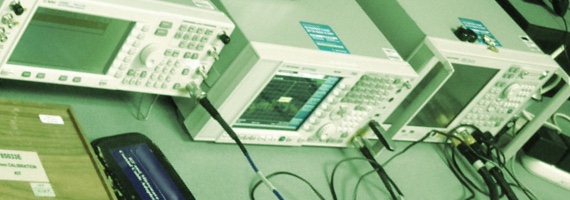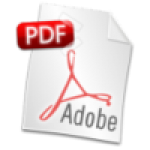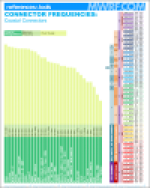
Specialized techniques and instruments for measuring performance at higher frequencies.
www.rfmentor.com
Tools and training to help your RF/Wireless career
Menu
Main menu
Quick Links
User menu
User login
Popular content
- OFDM Tutorial from Complex to Real
- Open a Free Account for Access to New Tutorials
- 8 Hints for Making Better Spectrum Analyzer Measurements
- Frequency Control Tutorials
- Fundamentals of RF and Microwave Power Measurements (Part 3)
- dBm to Milliwatts Conversion Tutorial with Python
- Wave on a String Demo
- Rick Lyons on Using the Forward FFT Algorithm to Compute the IFFT
- Behavioral Modeling and Linearization of RF Power Amplifiers
- RF Measurements for Cellular Phones and Wireless Data Systems




